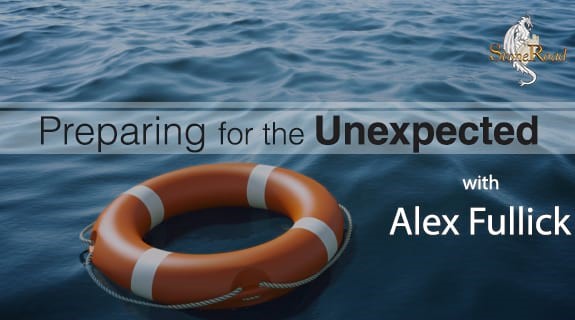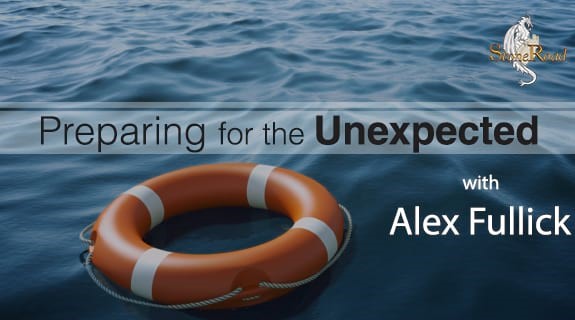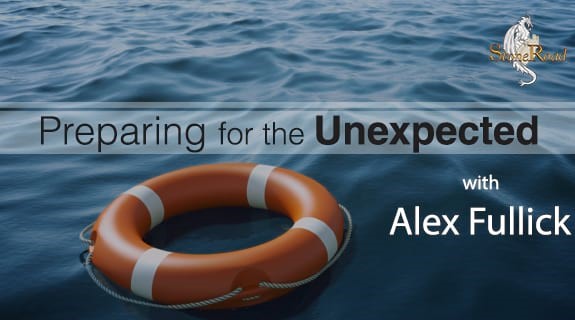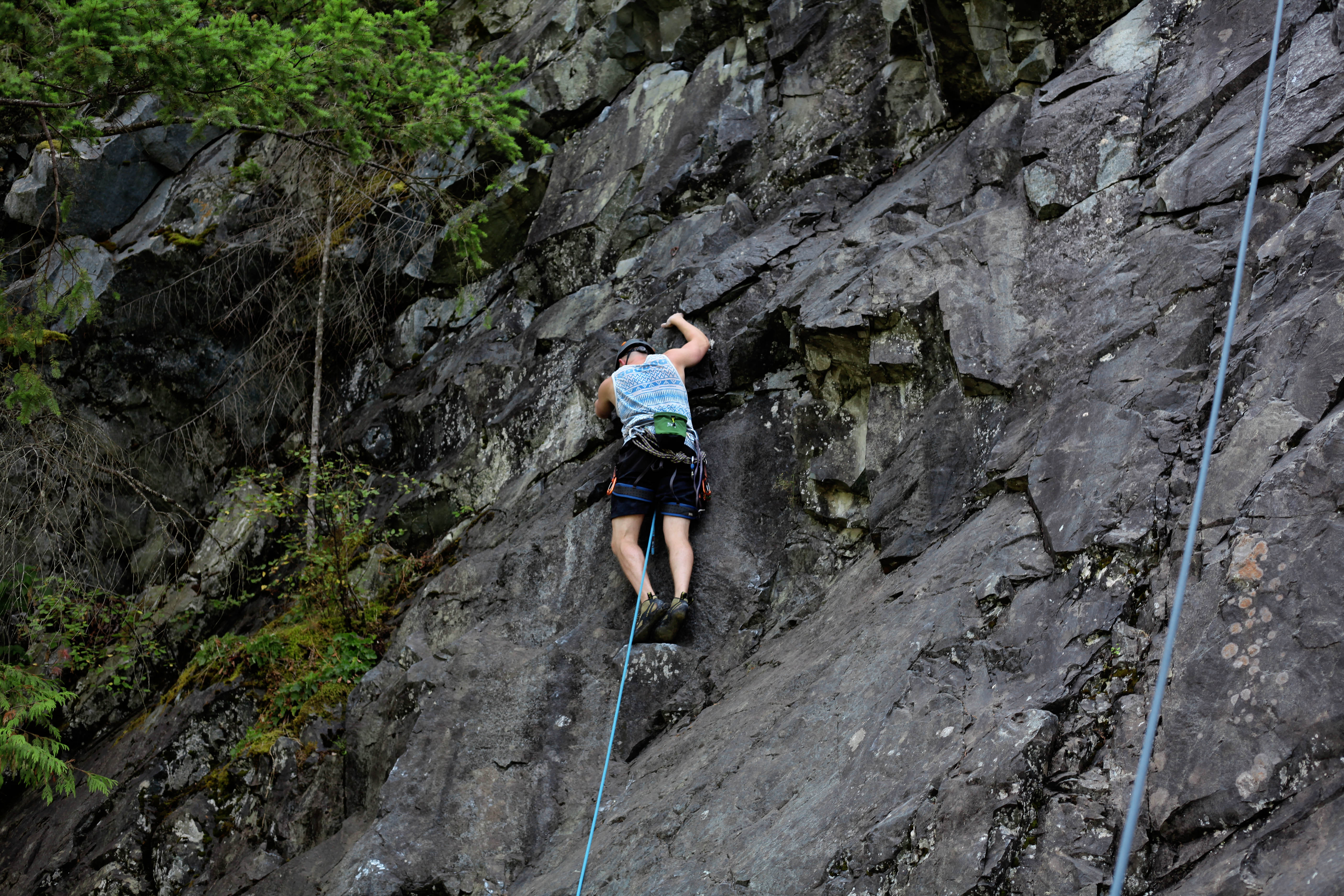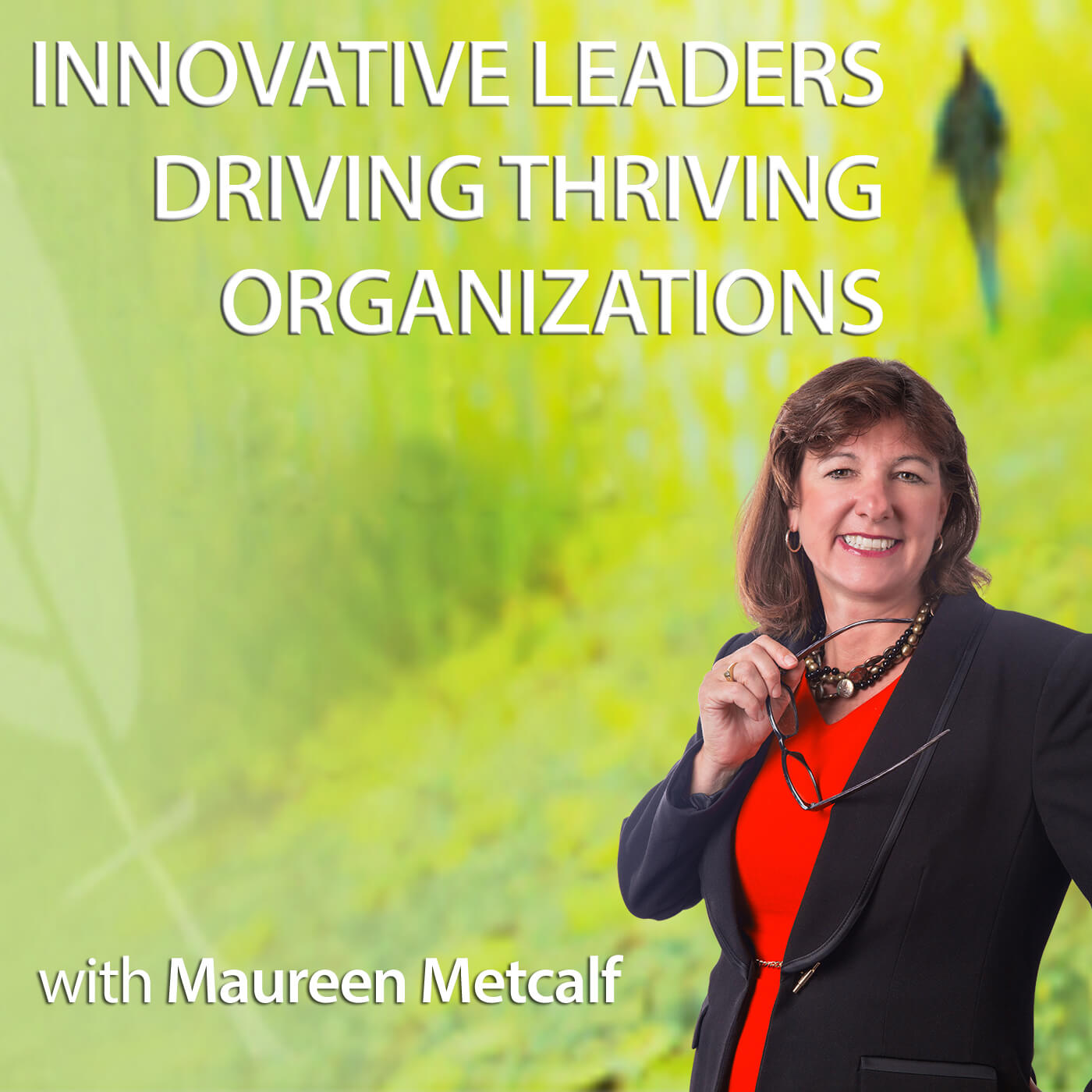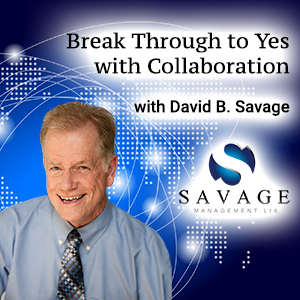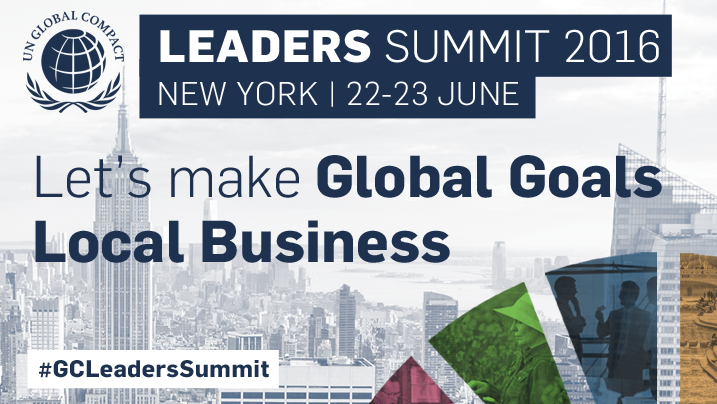The Effects of Climate Change on Organizational Resilience
Join me March 17, 2022 at 1pm EST! Climate Change is one of the hottest topics in news headlines...
Read Moreby VoiceAmerica | Dec 6, 2021 | Business | 0 |
Join me March 17, 2022 at 1pm EST! Climate Change is one of the hottest topics in news headlines...
Read Moreby VoiceAmerica | Nov 26, 2021 | Business | 0 |
Join me Feb 3/22 at 1pm EST! What opportunities are there in the Resilience / Business Continuity...
Read Moreby VoiceAmerica | Jan 4, 2021 | Business | 0 |
This blog is provided by Trista Bridges and Donald Eubank, co-founders of Read-the-Air and authors...
Read Moreby VoiceAmerica | Jan 4, 2021 | Variety | 0 |
Join me Feb 4/21, 9am EST for an enlightening episode. COVID-19 has forever changed the way we do...
Read Moreby VoiceAmerica | Mar 23, 2020 | Business | 0 |
To start or to continue receiving the weekly blogs via email, please sign-up using this link:...
Read Moreby VoiceAmerica | Mar 2, 2020 | Business | 0 |
To start or to continue receiving the weekly blogs via email, please sign-up using this link:...
Read Moreby VoiceAmerica | Feb 5, 2020 | Business | 0 |
This blog is provided by Dr. Henry Mintzberg. It is taken from the website...
Read Moreby VoiceAmerica | Jan 27, 2020 | Business | 0 |
To start or to continue receiving the weekly blogs via email, please sign-up using this link:...
Read Moreby VoiceAmerica | Jan 13, 2020 | Business | 0 |
To start or to continue receiving the weekly blogs via email, please sign-up using this link:...
Read Moreby VoiceAmerica | Jul 6, 2017 | Business | 0 |
This post is a companion to the Voice America show Synergise – Defining 21st Century Leaders...
Read Moreby VoiceAmerica | Jan 19, 2017 | Business | 0 |
I am saddened by the constant battle for higher ground in the Climate Change Public Relations...
Read Moreby VoiceAmerica | Jun 21, 2016 | Business | 0 |
The Global Compact is an incredible alliance created by the United Nations in 2000...
Read More

